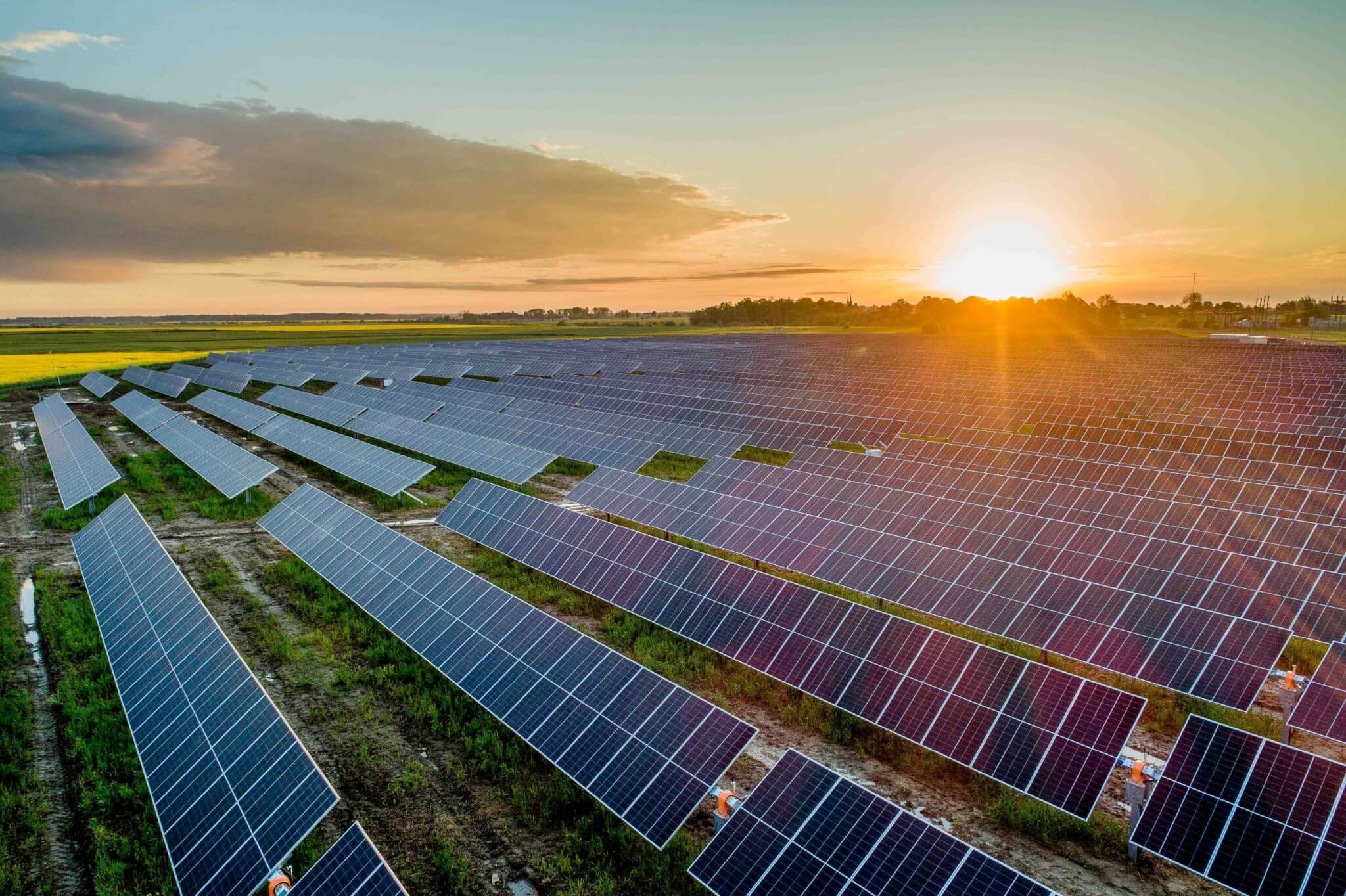In March 2023, HG Ventures co-led a $30M investment round in SOLARCYCLE, a company that recycles and repurposes end-of-life solar panels. HG Ventures’ senior director, Ginger Rothrock outlines the rationale for this investment, and the potential of the solar recycling market.
To the uninitiated, the recycling of solar panels may seem like a niche field. After all, how many can there be? How quickly do they wear out? And why would you bother to recycle them?
This is exactly why the HG Ventures team and I are so excited about SOLARCYCLE: The potential is huge, not just in commercial terms, but also in terms of the contribution to the circular economy.
Market Potential
We estimate that by 2030 there will be 400 million solar panels for recycling, totaling 8 million tons. And with an increasing focus on renewable energy the world over, this is likely to grow to 80 million tons worldwide, by 2050. Given this volume, it is staggering to learn that most solar panels reaching their end of life are currently sent to landfill. That is not because of negligence on the part of those needing to replace panels, but because it is cheap to do so, and there is not a wealth of viable alternatives.
Even more astonishing is that end-of-life panels that are being sent to landfill still have value. The National Renewable Energy Laboratory (NREL) estimates a value of $2 per panel. But we independently estimate it to be many times that, because of the value of the materials within them, which include aluminum, glass, copper, silver, and silicon. Based on our analysis, the US market alone could be worth almost $5B by 2030.
Given these data points, the opportunity for a scalable recycling solution quickly becomes clear.
Why Recycle?
Given that the cost of sending retired panels to landfill can be as little as $1 per panel, why should a business transition to the more expensive option of recycling?
We identified a number of regulatory, economic and social tailwinds that indicate the pendulum is swinging in favor of sustainable solutions:
- Regulation: In Europe, companies are required to have a clear end-of-life strategy for solar panels, and we are seeing evidence of similar regulations being introduced in the US. California, which leads the way in many green energy policy initiatives, has a Bill in draft that the Solar Energy Industries Association (SEIA) hopes to use as a model for legislation for other States. As more regulation is introduced, companies will have to adopt sustainable end-of-life strategies, or risk losing their license to operate.
- Corporate ESG: Publicly traded European companies are already required to report on Environmental, Social and Governance policies (ESG), and those with solar plants in the US tend to harmonize their policies to bring them into line with the EU. And the US may yet adopt similar ESG reporting requirements for all public companies.
- Economics: Market dynamics suggest that an increase in the volume of panels recycled, coupled with the value of the material recovered in the recycling process , will reduce the cost of recycling over time, while landfill costs are likely to increase.
- Public sentiment and market differentiation: As corporations’ sustainability policies increasingly inform brand perceptions and consumer preferences, the recycling of solar panels may become a differentiator, or an expected policy akin to those around land and water use.
A Nascent Market
With the average lifespan of a solar panel being 13 years, the issue of how to handle them as they reach end-of-life is only now emerging in a meaningful way. Large solar energy companies recognize that landfilling is not a sustainable long-term solution for an industry that survives based on its “clean and green” reputation, even without the regulatory and economic factors outlined above.
This is the opportunity that SOLARCYCLE has identified: It is the only company in the US currently able to recycle solar panels at scale, with a business model and technology focused on driving down the cost of recycling and driving up the value of materials extraction.
Contributing to the Circular Economy
The re-use of those embedded materials makes this an important contributor to the circular economy, as well as an attractive commercial opportunity.
Currently, SOLARCYLE’s automated recycling systems is able to extract and recycle 90% of each solar panel’s composition: Aluminum, glass, batteries and precious metals. And once a solution is found for the plastic that makes up the remaining 10%, this will be a zero-waste process.
A Valuable Partnership
When considering any investment opportunity, one of the first questions we ask is: How can we help?
In most cases, we are able to offer something that no other investor can: access to The Heritage Group’s operating companies and immense scientific, technical and research capabilities.
That is the case with SOLARCYCLE. Our decades of experience managing industrial waste streams through the Heritage Environmental and Envita Solutions operating groups enable us to provide connections and insight to SOLARCYCLE navigating the complex waste and material reuse supply chains. Our Heritage Research Group is currently testing alternative uses for the plastic generated in the recycling process, helping SOLARCYCLE achieve a zero-waste process. Cirba Solutions, the largest battery recycler in North America, is partnered with SOLARCYCLE to recycle the batteries and inverters collected from the solar ecosystem.
We are further able to support the leadership team through the knowledge and expertise of my HG Ventures colleague, Kip Frey, who takes a seat on the SOLARCYCLE board. An entrepreneur and veteran of the VC world, Kip has steered many high growth companies to success, and now applies that wealth of experience to this business.
With our investment, and that of other funding partners, SOLARCYCLE plans to double the capacity of its first facility in Odessa, Texas, to enable it to support the recycling of up to one million solar panels per year. And that’s just the start.
The future is bright indeed.

